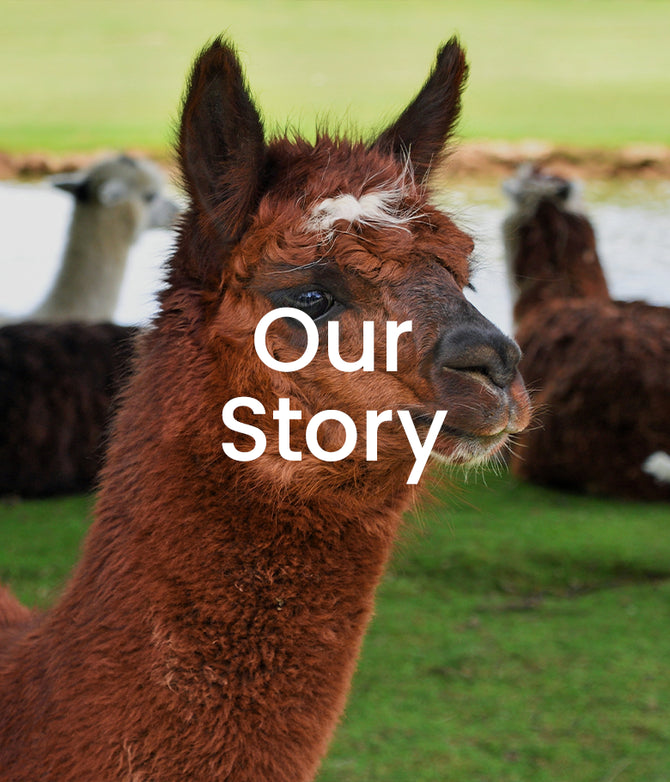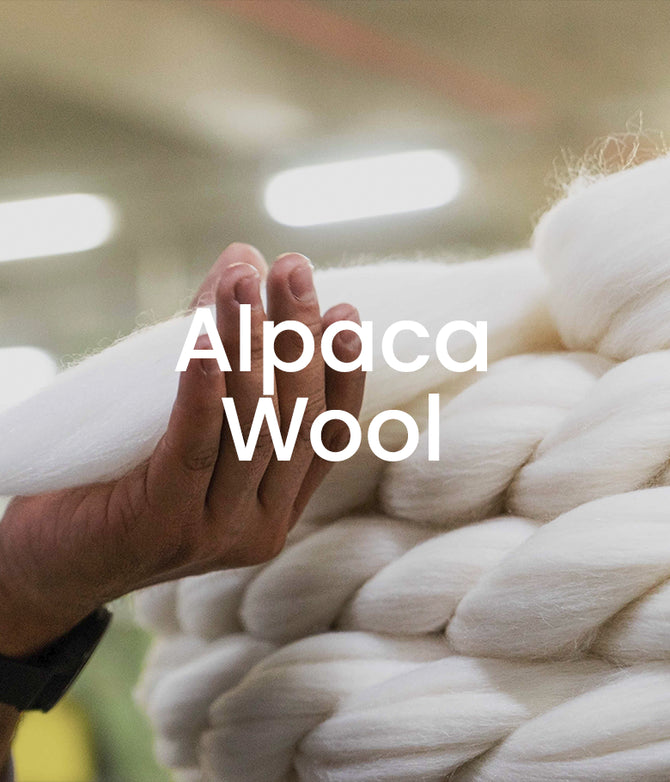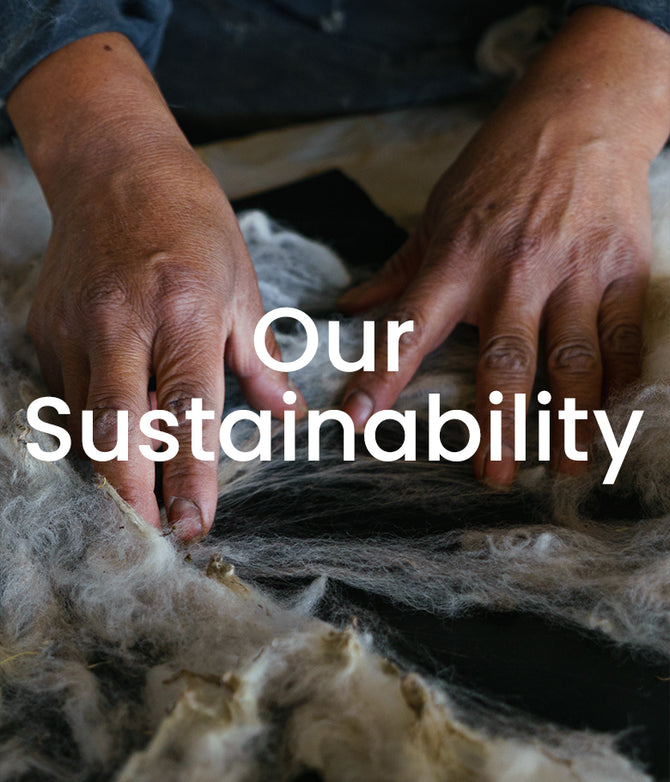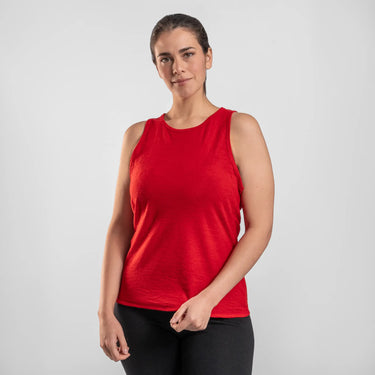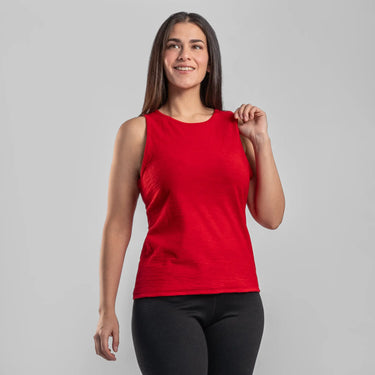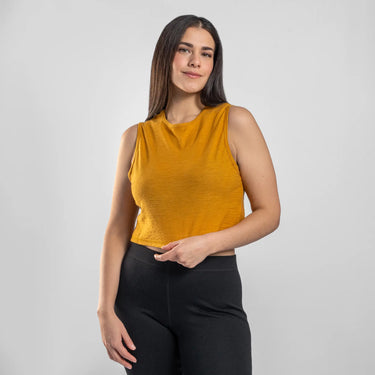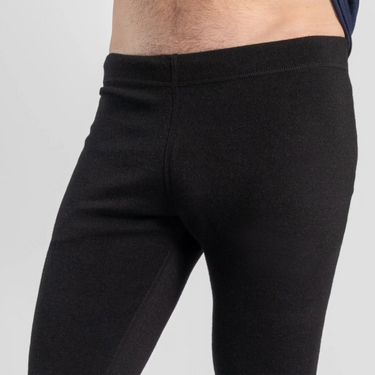Woven by Time:
The Story of Indigo Dye in Ancient Peru
Published Feb 5, 2025
Reading time: 5 minutes
Imagine trekking through the rugged Andean landscapes, wrapped in the warmth of alpaca wool—feeling connected not just to nature but to thousands of years of history. The vibrant textiles of ancient Peru carry stories written not with words, but with natural dyes like indigo, whose deep blue hue has traveled across generations, deserts, and mountains.
At Arms of Andes, our passion goes beyond crafting sustainable outdoor gear. We’re inspired by Peru’s rich cultural heritage, where natural materials and dyes were part of life long before the world knew of “sustainability.” Today, we honor that legacy. Let’s embark on a journey through time to uncover the ancient origins of indigo dye in Peru and how it continues to inspire adventure, culture, and the great outdoors.
A Hidden Legacy: The World’s Oldest Indigo-Dyed Fabric
Long before the Inca Empire carved cities into mountain peaks, ancient Peruvians were already masters of textile artistry. In 2016, archaeologists at Huaca Prieta, a pre-ceramic site on Peru’s north coast, unearthed something extraordinary: 6,000-year-old cotton textiles dyed with indigo [1]. This makes Peru the proud home of the world’s oldest indigo-dyed fabric—predating even Egypt’s ancient linen by over 1,500 years [1].
But these weren’t just simple fabrics. They were part of ceremonial rituals, everyday life, and even early forms of storytelling—woven with patterns, colors and symbolism that connected people to nature, the cosmos, and each other.

Reconstruction and photograph of a 6000-year-old textile from Huaca Prieta, Peru. The analysis confirmed the presence of indigo dye, marking the earliest known use of indigo in the world [1].
The Art of Blue: How Ancient Peruvians Made Indigo Dye
The blue color found in these ancient textiles comes from a natural pigment called indigotin, extracted from plants like Indigofera suffruticosa, native to the Americas [1]. But indigo wasn’t just “discovered”—it was crafted through an intricate process that involved fermentation, oxidation, and careful plant selection.
Imagine ancient dyers working with simple tools, yet applying techniques sophisticated enough to rival modern science:
- Fermenting leaves to release the blue pigment.
- Using natural minerals from the earth to set the dye.
- Layering colors to create deep, vibrant shades that resisted fading—even after 6,000 years underground.
For them, indigo was more than a color. It was a symbol of life, water, and the sacred connection between humans and nature—the same connection we seek when we step into the wild today.
Indigo Along the Andes: A Tradition That Spanned Civilizations
As centuries passed, the art of indigo dyeing spread throughout the Andean region. Civilizations like the Tumilaca and Chiribaya cultures (around 1,000 AD) carried the tradition forward, adding their own techniques and cultural meanings [2].
What Made Indigo Special in Andean Culture?
- A Symbol of Power: Indigo’s rich blue was often reserved for important garments, reflecting status, spirituality, or ceremonial use.
- Natural Innovation: By blending indigo with other plant dyes, ancient dyers created greens, purples, and even subtle shades of turquoise [2].
- Craftsmanship as an Art Form: Weaving wasn’t just functional—it was an expression of identity, with each pattern telling a unique story.

Chiribaya textile. Picture by: Contisuyo Museum
Indigo’s Journey Beyond Peru: A Global Story with Andean Roots
While Peru holds the title for the oldest indigo-dyed fabric, the dye itself became a global phenomenon. Indigofera tinctoria flourished in India, while Isatis tinctoria (woad) colored fabrics across Europe [3]. Trade routes stretched from Asia to the Mediterranean, making indigo a prized commodity long before the age of empires.
But here’s the remarkable part: Peru’s mastery of indigo predates all of this. Long before ships crossed oceans with barrels of dye, ancient Peruvians were already experimenting, perfecting, and wearing indigo as part of daily life. Their innovation wasn’t driven by commerce—it was rooted in culture, nature, and the human desire to create.

Indigofera suffruticosa.
Picture by Shyu in PictureThis

Indigofera tinctoria.
Picture by Bell Garden Company.
At Arms of Andes we make our gear from 100% Royal Alpaca Wool of 18-18.5 microns.
Half-ZipWomen's Alpaca Wool Joggers
300 LightweightMen's Alpaca Wool Long Sleeve Shirt
160 Ultralight

Relatedcontent
Bamboo:
A fast-growing plant often used for making sustainable products like toothbrushes and cutlery.
Biodegradable:
Materials that can break down naturally without harming the environment.
Bulk stores:
Shops where you can buy products in large quantities, often with minimal packaging.
Carbon footprint:
The total amount of greenhouse gases produced directly or indirectly by human activities.
Composting:
A process where organic waste decomposes into nutrient-rich material for gardening.
Ethically raised:
Livestock or poultry that is raised in humane and environmentally responsible ways.
Fast fashion:
Cheap, mass-produced clothing often linked to environmental and ethical issues.
Natural dyes:
Coloring substances derived from plants, animals, or minerals, used to color fabrics sustainably.
Ancient Wisdom Meets Modern Challenges: Indigo Dye in the 21st Century
Fast forward to today. The natural indigo dye that once symbolized life and connection has been largely replaced by synthetic dyes, especially in the fast fashion industry. But with that convenience came environmental costs:
- Water Pollution: Synthetic dyes release harmful chemicals into rivers and oceans.
- Toxic Waste: Many contain heavy metals that damage ecosystems.
- Microplastics: When used with synthetic fabrics, they contribute to plastic pollution in oceans.
- Loss of Heritage: Mass production often ignores the rich traditions and craftsmanship tied to natural dyeing.
Arms of Andes: Carrying the Legacy of Natural Dyeing
At Arms of Andes, we believe in the wisdom of ancient cultures. Our commitment to using 100% alpaca wool isn’t just about performance—it’s about honoring the land, the people, and the stories woven into every fiber. Just as ancient Peruvians relied on natural dyes, we focus on sustainable materials that respect the environment and celebrate cultural heritage.
When you wear our gear, whether hiking through Andean trails or exploring new landscapes, you’re connected to a tradition that’s over 6,000 years old—a tradition rooted in adventure, sustainability, and respect for nature.

What Does Indigo Teach Us About Adventure?
- Nature is the greatest teacher—Ancient dyers learned everything they needed from plants, soil, and the world around them.
- Sustainability isn’t new—Long before it was a buzzword, indigenous cultures practiced sustainable living as a way of life.
- Every journey has a story—Just like ancient textiles tell tales of people, places, and traditions, your adventures create memories woven into the fabric of your life.
So, the next time you zip up your alpaca hoodie before hitting the trail, remember—you’re not just wearing gear. You’re carrying forward an ancient tradition woven with craftsmanship, culture, and a deep respect for the natural world.

Harvesting leaves from Indigofera spp., the plant responsible for producing natural indigo dye. The dark-stained hands reflect the deep, rich pigment released during traditional dye extraction processes.

Glossarykeywords
Alpaca Wool:
A natural fiber obtained from the alpaca, native to the Andes, known for its softness, warmth, and durability.
Andean Region:
A geographical area in South America characterized by the Andes Mountains.
Biodiversity:
The variety of plant and animal life in a particular habitat, crucial for maintaining balanced ecosystems.
Craftsmanship:
The skill and artistry involved in creating handmade items, often reflecting cultural traditions, as seen in Andean textile production.
Cultural Heritage:
The legacy of traditions, practices, and artifacts passed down through generations.
Fermentation:
A natural process used in traditional dyeing to break down plant materials, helping release pigments like indigo for fabric coloring.
Indigotin:
The key blue pigment found in indigo dye, responsible for the rich, deep blue color in textiles.
Indigo Dye:
A natural dye derived from plants like Indigofera suffruticosa, historically used in Andean textiles to produce vibrant blue hues.
Natural Dyes:
Colorants derived from plants, minerals, or insects, used in traditional textile dyeing, as opposed to synthetic chemical dyes.
Pre-Ceramic Period:
A historical era before the widespread use of pottery, marked by early advancements in agriculture, textiles, and natural dyeing in ancient Peru.
Sustainability:
Practices that meet current needs without compromising future generations, often through eco-conscious materials and processes in fashion.
Textile Artistry:
The craft of designing, dyeing, and weaving fabrics, reflecting both functional and aesthetic cultural expressions in ancient Andean societies.
Glossarykeywords
Andean Region:
A geographical area in South America characterized by the Andes Mountains.
Craftsmanship:
The skill and artistry involved in creating handmade items, often reflecting cultural traditions, as seen in Andean textile production.
Cultural Heritage:
The legacy of traditions, practices, and artifacts passed down through generations.
Fermentation:
A natural process used in traditional dyeing to break down plant materials, helping release pigments like indigo for fabric coloring.
Indigotin:
The key blue pigment found in indigo dye, responsible for the rich, deep blue color in textiles.
Indigo Dye:
A natural dye derived from plants like Indigofera suffruticosa, historically used in Andean textiles to produce vibrant blue hues.
Pre-Ceramic Period:
A historical era before the widespread use of pottery, marked by early advancements in agriculture, textiles, and natural dyeing in ancient Peru.
Textile Artistry:
The craft of designing, dyeing, and weaving fabrics, reflecting both functional and aesthetic cultural expressions in ancient Andean societies.
At Arms of Andes we use the finest Royal Alpaca Wool sourced in the Peruvian Andes. The Andean alpacas naturally developed over thousands of years in harsh conditions in high altitudes, creating the perfect fiber for outdoor gear that helps you stay protected in all conditions. Discover our outdoor apparel.

In the textile industry, companies that produce garments made entirely from Merino wool typically use fibers that are 17.5 microns or finer to minimize any itchiness or roughness, [4] ensuring comfort for their customers. A study conducted by the Division of Dermatology at the University of Louisville in 2019 evaluated the effects of wearing these garments on individuals with skin sensitivities, such as atopic dermatitis or eczema. In the study, 25 participants wore only Merino wool garments of 17.5 microns for six weeks and cotton garments of 21 microns for six weeks more, while another group of 25 followed the reverse order. Participants reported significant changes when switching from cotton to Merino wool, with those who started in Merino wool experiencing a decrease in their eczema during the first weeks. [4]
| Properties | Royal Alpaca Wool | Cashmere | Merino Wool |
|---|---|---|---|
| Weight | Lightest | Light | Heavier |
| Fiber Structure | Semi-Hollow | Solid | Solid |
| Thermal Capacity | 5 x Warmer | 3 x Warmer | Warm |
| Water Retention | Absorbs 10% of weight | Shrinks in water | Absorbs 10%
of weight |
| UV Protection | Yes | Yes | Yes |
| Fiber Scales | Smoothest | Softest | Prickly |
| Microns (average) | 17.5 | 14 | 18 |
| Tensile Strength | Highest | Weak | High |
| Odor Resistance | Yes | Yes | Yes |
| Wrinkle Resistance | Yes | Yes | Yes |
| Hypoallergenic (Lanolin free) | Yes | Yes | No |
The Final Verdict: And the Winner Is...
After a comprehensive analysis of alpaca, merino, and cashmere, it's clear that cashmere, while undeniably luxurious, lacks the durability required for outdoor garments. However, it excels as a high-end fiber for special occasions and elegant attire.
In the head-to-head battle between alpaca and merino, alpaca emerges as the undisputed champion! Alpaca wool surpasses merino in warmth, lightness, softness, and strength. It's the ultimate choice for those seeking performance, comfort, and sustainability.
Alpaca wool (particularly the royal and baby alpaca fiber grades) is warm, and performs better than merino and other types of sheep's wool. This makes alpaca wool perfect for your outdoor clothing, slipper socks, and even underwear.

Alpaca wool (particularly the royal and baby alpaca fiber grades) is non-itchy, warm, and performs better than merino and other types of sheep's wool. This makes alpaca wool perfect for your outdoor clothing, slipper socks, and even underwear.

References:
[1] Splitstoser, J. C., Dillehay, T. D., Wouters, J., & Claro, A. (2016). Early pre-Hispanic use of indigo blue in Peru. Science Advances, 2(9), e1501623.
[2] Wallert, A., & Boytner, R. (1996). Dyes from the Tumilaca and Chiribaya cultures, south coast of Peru. Journal of Archaeological Science, 23(6), 853-861.
[3] Kibby, Erin. (2022). Studies Toward Provenance Determination for Indigo Dyes. Undergraduate Honors Thesis Projects. Otterbein University.








